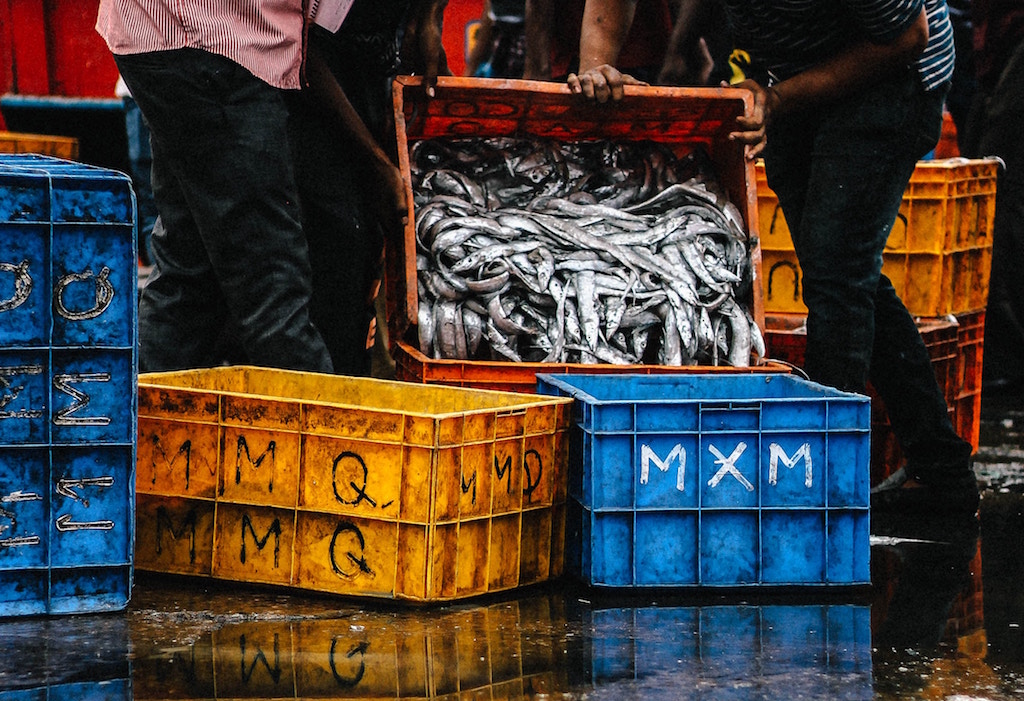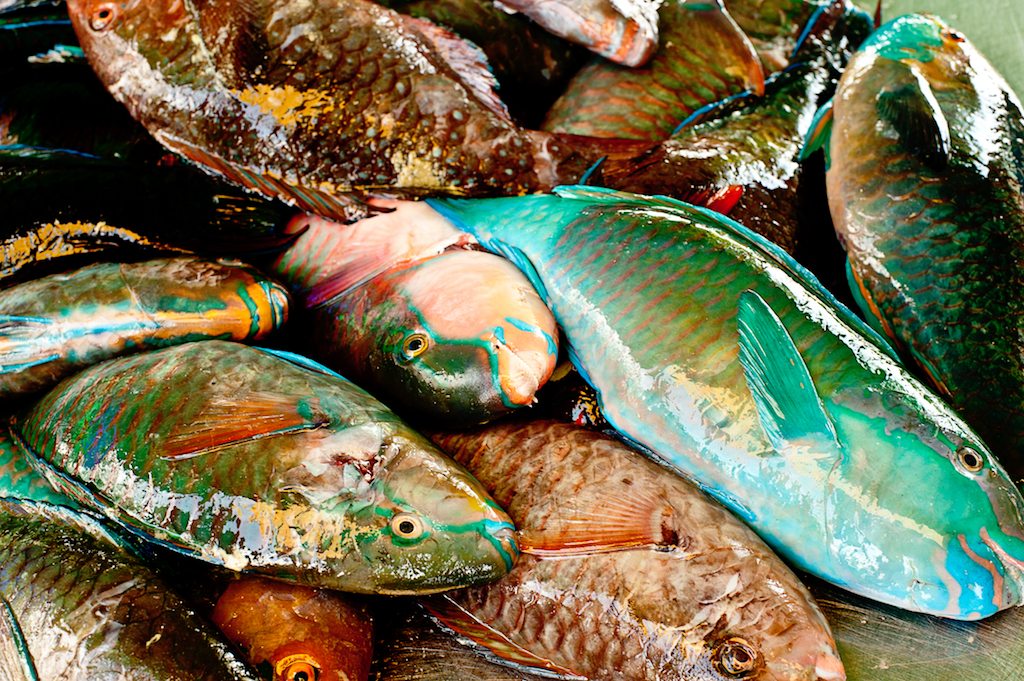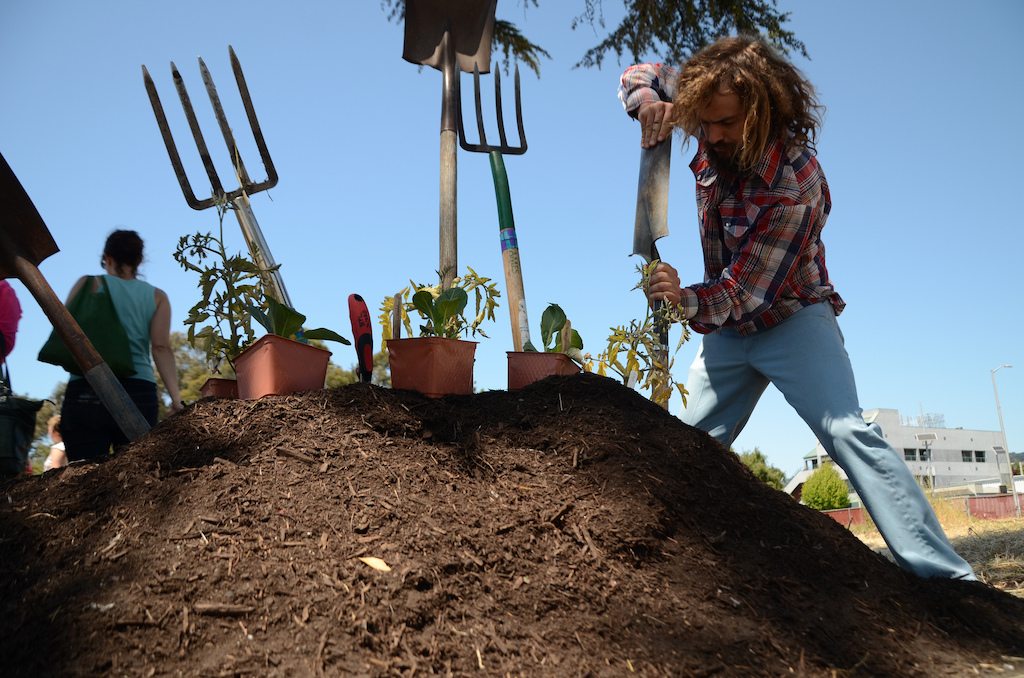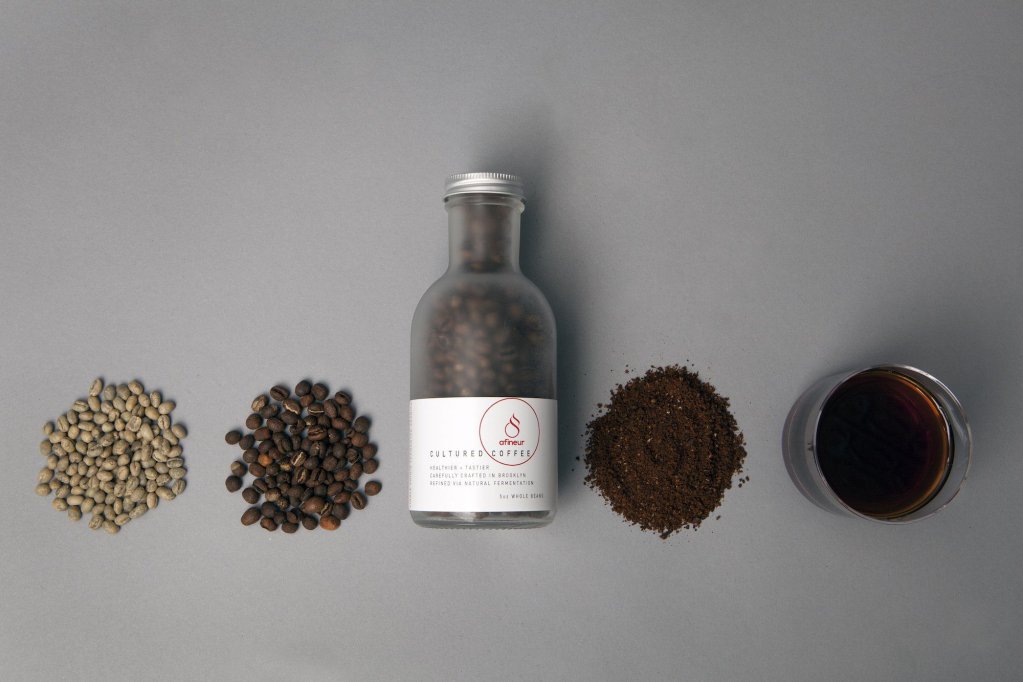By now, you’ve seen the groundbreaking Associated Press report documenting the way seafood processed by North Korean workers ends up on American plates. In a factory in Hunchun, China, imported North Korean laborers process salmon, crab, and squid for American buyers like Walmart and Aldi, the investigation revealed—working shift after 12-hour shift in conditions that resemble “modern-day slavery.”
Though the circumstances described are shocking, they shouldn’t come as a surprise. Forced labor festers in many seafood supply chains. Two years ago, the AP found that shrimp sold across the world had been peeled by enslaved migrant workers in Thai factories. And what happens on fishing boats themselves may be an even greater issue. As I reported earlier this year, the widespread practice of “transshipment”— the transfer of fish from smaller catching vessels to larger ‘motherships’—shrouds the supply chain in secrecy, obscuring practices from illegal overfishing to human trafficking. It is probably only a matter of time before the next investigation uncovers another series of brutal human rights abuses tainting the seafood we eat.
Which is strange, considering that U.S. law is so clear: Since 1930, it has been illegal to import products produced by forced labor—which the International Labor Organization defines as situations “in which persons are coerced through the use of violence or intimidation,” or through more subtle means like accumulated debt. Since a long-standing loophole in this law was closed by Obama in 2016, any person can file a report to U.S. Customs and Border Protection (CBP) to start an investigation into a product if they have evidence that its sourcing involves forced labor.
So why do these products keep reaching our shelves?
Fresh-caught wild tuna in Indonesia
When it comes to traceability, “seafood is one of the reluctant industries that [is] moving along a little bit more slowly,” says Beth Lowell, senior campaign director at environmental non-profit Oceana.
That’s understandable, since seafood’s far-flung, global supply chain makes it hard to follow the money. 86 percent of the seafood Americans eat is imported—caught in remote oceans, sold and transported between vessels, and shipped from one country to another for processing, before it’s finally sent to retailers’ shelves.
The major nodes of this supply web are processing factories in China and Thailand—the main seafood exporters to the U.S., which aggregate fish from various oceans and send them to markets across the world. We know that fish gets shipped to these factories, and we know that fish comes out. But what happens inside still tends to be a black box. Though there have been massive traceability reforms in Chinese processing facilities, largely motivated by food safety concerns, there is still a way to go.
“Even though the Chinese legislative framework on food safety has undergone a complete revision and modernization,” says Dr. Andrea Armani, head of Fishlab, a laboratory at the University of Pisa, Italy, “the reaching of a complete traceability system is still far away.”
Even when processing facilities put a traceability system into place, there is ample opportunity for the supply chain to get muddy long before seafood even reaches land. On the high seas where there’s little oversight, goods swapped by unmonitored transshipment can enable human rights abuses, allowing fishing vessels to stay at sea for long periods—even years—at a time. When ships sell (or illegally launder) catch this way, they typically find ways to do so without adequate documentation; by the time boats reach port there can be no good way to know if records are incomplete or altered.
Boats docking at the Port of Bilbao
As consumers, we’re advised to buy local, or from companies that do make this information apparent. Lowell also recommends buying as close to the whole fish as possible. “The less it looks like a fish with skin and a head and more like a nameless fillet, the more opportunity for seafood fraud,” she says. “And if the price is too good to be true, it probably is.”
Thankfully, there are companies moving towards greater traceability and putting more information for consumers on the label. But governments can still raise the bar. The European Union’s so-called ‘catch certification scheme’ puts it a step ahead of the U.S.: In order for a fish to be eligible for the E.U. market, detailed information on its harvest, transport and processing needs to be provided at customs. Still, the U.S. may begin to close the gap. The final rule of the Seafood Import Monitoring Program (SIMP)—signed by Obama before he left office, to go into effect the beginning of next year—will require importers of certain types of seafood to provide records on where product was harvested and on the chain of custody before it reaches market.
Such programs are an admirable step towards traceability, but they’re designed only to stop illegally caught fish from getting into the market. And though illegal fishing can be tangled up with human rights abuses in the supply chain, the data collected through SIMP won’t be used for human rights investigations for the foreseeable future, nor will it be made public. Lowell thinks that’s a missed opportunity. “The forced labor issues are just horrifying,” she says. “If people are already reporting some information and we could collect a little bit more to ensure that we’re not putting U.S. dollars supporting horrific activities around the world, then I would wonder why we’re not doing it.”
Shipping containers stacked at a port in Gwangyang
“Until you can start addressing some of the issues that are happening on the water, through an effective governance and regulatory mechanism—facilitated by existing technology—I don’t know how you’re going to address it,” says Alfred Cook, an oceans conservationist expert at the World Wildlife Fund.
The good news? The technology is already there. Electronic logbooks and onboard ship cameras can keep a watch on human rights conditions and ensure that nothing is misreported. Satellite tracking of ships can be used to follow vessels, verifying that catch documentation matches up with what’s being provided at customs. “Technology is getting cheaper, it’s getting more accessible. It’s time we start moving towards some of these solutions instead of continuing to fish in a 19th-century fashion,” Cook says.
But changing the norms across oceans and processing factories will require political will.
“If Europe and America actually cared enough to understand where their seafood was coming from and some of the conditions in which it’s being produced, we could probably change things overnight,” Cook says. “The fact that there is very little transparency and there [are so few] means to trace a particular product back in the supply chain, that allows this kind of stuff to happen. We’re in the 21st century, and we’re still talking about slavery. And it’s real, its happening. We’re talking about murders at sea that nobody is ever held accountable for. We’re talking about people being abducted from their homes in Southeast Asia and conscripted on board these vessels and not allowed to touch land for two years. There’s a collective responsibility on the part of humanity to actually care, and I don’t see that happening enough.”
A corrected version of this story identifies Beth Howell as “she” rather than “he.”













